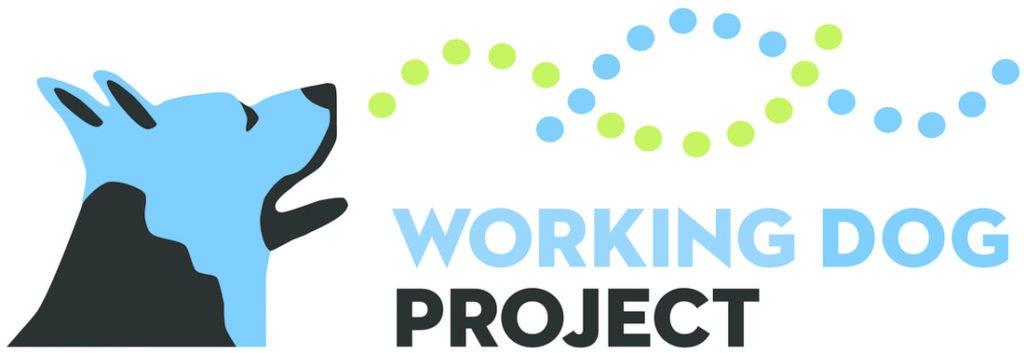The Working Dog Project
August 24, 2018
The Working Dog Project, run by the Broad Institute of MIT and Harvard, is applying cutting-edge genomics to investigate how genetic variation influences two key working dog behaviors: scenting and retrieving. Specifically focused on finding the genetic loci associated with key behavioral traits of military and Service Dogs, the ultimate goal of the project is to provide the working dog community with tools that can predict temperament and working skills, thus allowing for the strategic selection of better working dogs.
The Broad Institute approached NEADS in 2017 with a request to participate in the first phase of this project by allowing the collection of saliva samples and behavioral assessments from 100 NEADS dogs, including both dogs in training and dogs that have been placed. NEADS willingly chose to participate because, as NEADS CEO, Gerry DeRoche, explains, “If we can find a way to determine early on, with a greater sense of accuracy, that a dog is going to be a potentially successful Service Dog, we will have the opportunity to get more dogs through the program and place more dogs with our clients.”
Dr. Anita Migday, Theriogenology Foundation, adds, “Currently, the success rate in the Service Dog industry hovers at about 50%… By applying genetics, and applying another layer of science to the years of pedigree analysis and behavior checklists that we have compiled, we’re hoping to elevate our ability to determine what makes an elite Working Dog at a much earlier age.”
Learn more about The Working Dog Project in these two videos.
Working Dog Project Update (short overview):
Working Dog Project Update (full video):

